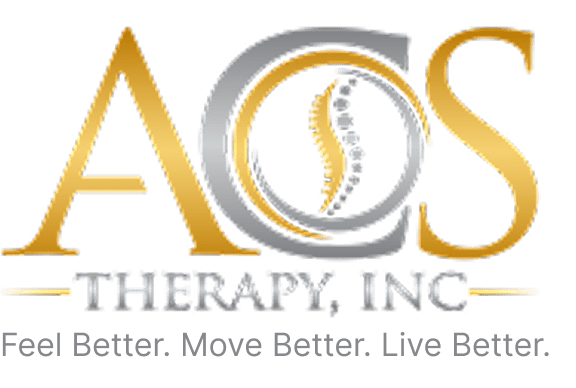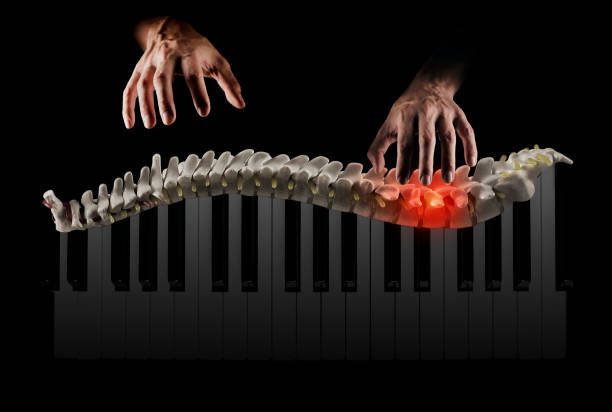Relieve Your Pain
Takes between 8–12 treatments, depending on the severity of your condition.
Change Bad Habits
Most problems arise from a lifetime of bad habits (i.e. sleeping on your stomach, slouching posture, bad work ergonomics, etc.) Our goal is to make you aware of these habits and correct them.
Rehabilitate Areas of Instability
Involves a program of stretching and strengthening exercises for your muscles, which will ultimately stabilize the injured area.
Keeping You Healthy
Accomplished through chiropractic adjustments to keep you feeling better and pain free.

How Does it Work?
Chiropractic is based on the idea of removing imbalances both structural and postural in an effort to allow our body to heal itself. For this to happen the network of nerves and signals from your brain, down your spinal cord, to the network of nerves must be allowed to flow freely without any interruption. Chiropractors have the ability and skill to remove these interruptions or misalignments and allow the body to perform as it was meant to.
If you’ve ever been in a car accident, played a sport, fell down or just bumped into something too hard, it’s very possible that you are not functioning at your best due to a misalignment. While there are many potential mechanical or structural causes for misalignment, there are also chemical reasons. For instance, if you smoke or drink excessively or even just have a poor diet, the chemical issues in your body can eventually cause underlying conditions and disease to appear.
Allowing a chiropractor to get you back on track both chemically and structurally will bring your body back to the proper state it should be in to perform at it’s peak.


